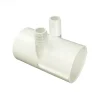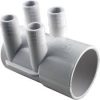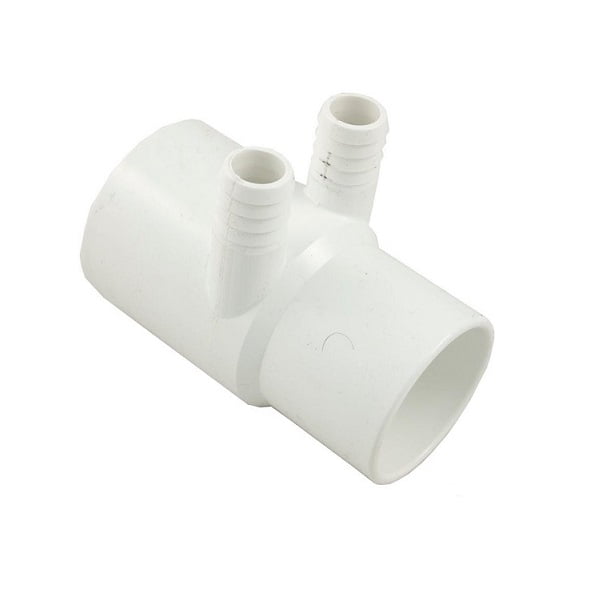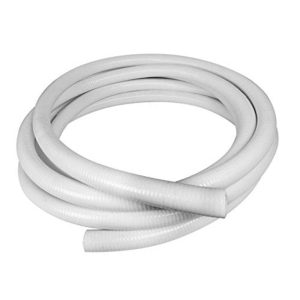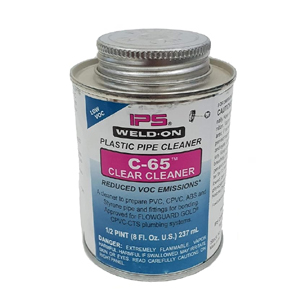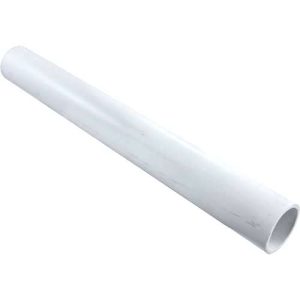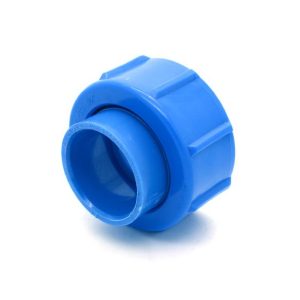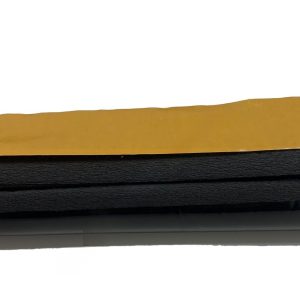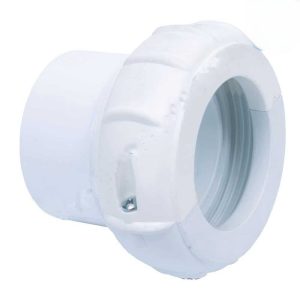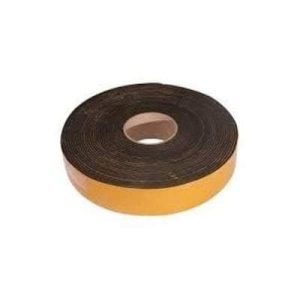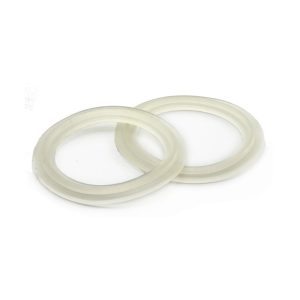Water Manifold Spigot 2″ x 3/4″ RB (2PT)
£2.53 Inc VAT
6 in stock
Water Manifold Spigot 2″ x 3/4″ RB (2PT): The Heart of Your Hot Tub’s Water Flow
Introduction
As a dedicated hot tub enthusiast and spare parts supplier, I’m excited to introduce you to the Water Manifold Spigot 2″ x 3/4″ RB (2PT). This crucial component plays a vital role in directing water flow within your hot tub system, ensuring optimal performance and efficiency.
Product Overview
The Water Manifold Spigot 2″ x 3/4″ RB (2PT) is a high-quality, durable part manufactured by Las Water90, a trusted name in the industry. This two-port manifold is designed to seamlessly integrate with your hot tub’s plumbing system, providing reliable water distribution.
Key Features
Versatile Compatibility
This manifold is compatible with both 2-inch rigid pipe and 2-inch flexible rigid pipe, making it a versatile choice for various hot tub setups. Its adaptability ensures that you can easily incorporate it into your existing system or use it in new installations.
Precision-Engineered Design
The Water Manifold Spigot features a 2-inch S x SPG connection with two 3/4-inch barb outlets. This design allows for efficient water flow and distribution, contributing to the overall performance of your hot tub.
Durable Construction
Crafted from high-quality materials, this manifold is built to withstand the demands of constant water flow and the chemical environment of hot tubs. Its robust construction ensures longevity and reliable performance.
Technical Specifications
To help you understand the product better, I’ve compiled a detailed specifications table:
| Specification | Detail |
|---|---|
| Type | Water Manifold 2 Port |
| Manufacturer | Las Water90 |
| Main Connection | 2 inch S x SPG |
| Outlet Connections | (2) 3/4 inch Barb |
| Internal Diameter | 80 mm |
| Outer Length | 80 mm |
| Depth | 88 mm |
| Compatible Pipe Types | 2 inch rigid pipe, 2 inch flexible rigid pipe |
Installation Tips
For optimal performance and longevity of your Water Manifold Spigot, I recommend following these installation tips:
- Proper Cleaning: Before installation, use a high-quality plumbing cleaner on all connecting parts. This ensures a clean surface for better adhesion.
- Use Pipe Cement: After cleaning, apply an appropriate pipe cement to create a secure, watertight seal.
- Correct Assembly: Remember, the pipe work pushes inside this part at the female end. At the male end, it pushes into a female socket.
- Outlet Connections: The 3/4-inch barb style water outlets are designed for the tube to fit over the top on the outside, rather than inside the pipe. This design helps prevent leaks and ensures a secure connection.
Benefits for Your Hot Tub
By incorporating the Water Manifold Spigot 2″ x 3/4″ RB (2PT) into your hot tub system, you’ll experience:
- Improved water flow distribution
- Enhanced system efficiency
- Easier maintenance and potential for future upgrades
- Reliable performance backed by quality manufacturing
Conclusion
The Water Manifold Spigot 2″ x 3/4″ RB (2PT) is more than just a spare part – it’s an investment in the longevity and performance of your hot tub. Its versatile design, durable construction, and efficient water distribution capabilities make it an excellent choice for both repairs and system upgrades.
Remember, proper installation and maintenance are key to getting the most out of this component. If you have any questions about how this manifold can benefit your specific hot tub setup, don’t hesitate to reach out. I’m here to help you make the best choice for your hot tub needs.
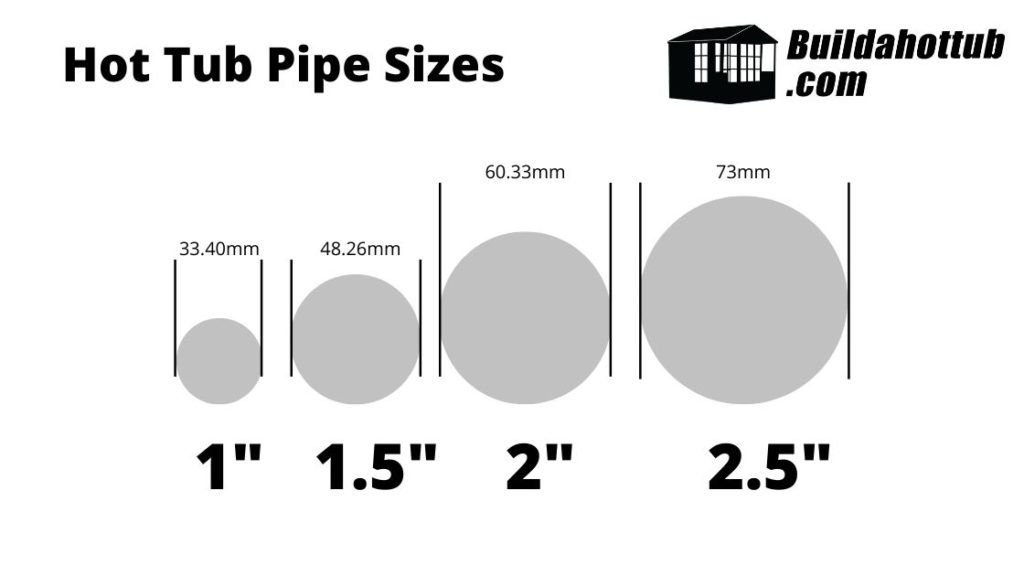
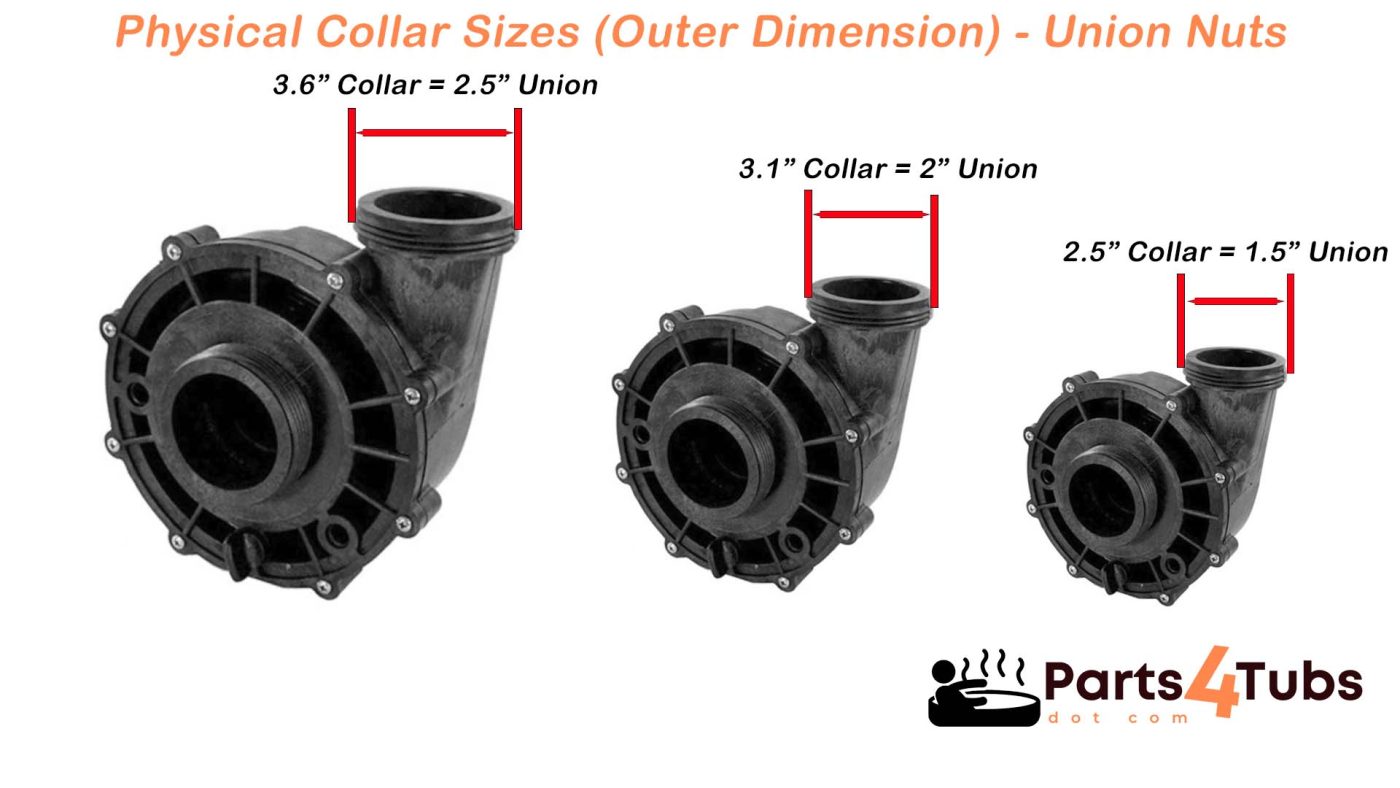
USA Imperial is the Standard
All hot tubs and their fittings are designed for USA standard of Imperial pipe. Would you believe that for example, a European 2.5″ pipe is different from a USA 2.5″ pipe – well it is and there is just over 2mm difference and it makes a huge difference as it doesn’t fit!
You must make sure that you are using American standard sized pipe – always worth checking with your supplier before you purchase.
Can I convert Metric pipe to Imperial?
Yes, you can convert metric pipe to imperial, usually there is a socket connection that will do that. However, what I would preface that with is really, the only reason you would want to do that is say if you have a long run of pipe between your control room and your hot tub. You cant easily get imperial pipe supply but you have found say 75mm pipe that would do the job.
In this instance, it would work to convert it down at each end.
However, what you cannot do (technically you can but it is a real mess to do so) is convert all of the pipework to metric using adaptors. Generally, this just doesn’t work, costs loads in just adaptors alone and the amount of joints means you are going to have some leaks!
What rating of pipe do I need?
Pipe is rated to different pressures. You must use pressure rated pipe on your hot tub build as it is a pressurised system. In general, any pipe that is rated to 130 PSI or 9 BAR can be used on a hot tub build. This is often referred to as Class C. Likewise, Class E which is rated to 15 BAR or 218 PSI is also commonly found on hot tub builds.
Anything less than 130 PSI or 9 BAR should not be used – the pipes are not waste water pipes that are commonly found in hardware stores. They must be pressure rated and you will see this printed on the side of all the pipe so there will be no confusion.
What about Schedule 40 Pipe?
The schedule number on pipe correlates to the thickness of the wall on the pipe: as the number increases, the thicker the wall thickness is. Also, what is interesting is that while the schedule number can be the same on different sized pipes, the actual wall thickness will be different.
However, for our DIY Hot Tubs, we would only opt for schedule 40 – schedule 80 would be an overkill.
We also only use schedule 40 pipe if it is being buried and there is considerable weight on it. What I mean by this is that you need the physical strength of the pipe to stop it being crushed and cracked. In most cases, regular pressure rated pipe is just fine.
Should I use Rigid or Semi-Flexible Pipe?
When I built my own hot tub, I opted for semi-flexible as I though that it would be a little more forgiving. It is, however it is now my experience that the fact it is forgiving, and I use that in a loosest of terms as it is still pretty rigid pipe, it is more likely to leak.
The reason that it is more likely to leak is that you can “force” the joint when there is a little bit of give in the pipe. If you force the joint as I have said many times on this blog and on my YouTube Channel, you are going to have leaks – and it did!
For that reason, wherever possible today I recommend that you use rigid pipe. You have to make a good joint and it has to be accurate. It is forcing your workmanship which you will benefit from in the long run. Rigid pipe is the way forward for your DIY Hot Tub build.
Support your Pipework
If you pick up a length of pipe, 2m/6ft, there is not a lot of weight in it at all. However, if you fill that same pipe with water, cap it off each end and try to lift it, you will notice there is a huge weight increase. Water is heavy. If you have long runs of pipe, you must support them. Whether this is in ground and they should be laid correctly with a gravel base or if it is on your hot tub, they should be tied and pinned to the block work.
If you dont support your pipes and they fill with water, you can put strain on the joints that over time, will work their way loose and leak. It only takes a couple of minutes to tie your pipes and support them and it will save a whole bunch of time and money on repairs in the future by getting this right from the start.
Making the perfect joint with PVC pipe cement.
On this blog and on my YouTube Channel I talk a lot about making the correct joints and that a well made joint doesn’t leak. So, how do you make a well made joint?
- Make sure when you cut the pipes you are cutting them at 90 degrees so they fit into the fittings correctly.
- Make sure you remove any rough edges from your cuts
- Ensure you are roughing up 3″ of the pipe with sand paper before you make the connection
- Apply PVC Pipe Cement to the pipe and the connection
- Twist the pipe or fitting as you are inserting it to prevent “channeling” which leads to leaks
- Make sure the pipe goes all the way into the fitting (always a good idea to mark the ideal depth you want to get to)
- Wipe off any excess pipe cement.
- Allow to cure for 4 hours for full strength
Related products
Plumbing and Other
Plumbing and Other
Plumbing and Other
Plumbing and Other
Plumbing and Other
Plumbing and Other

